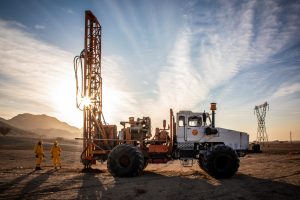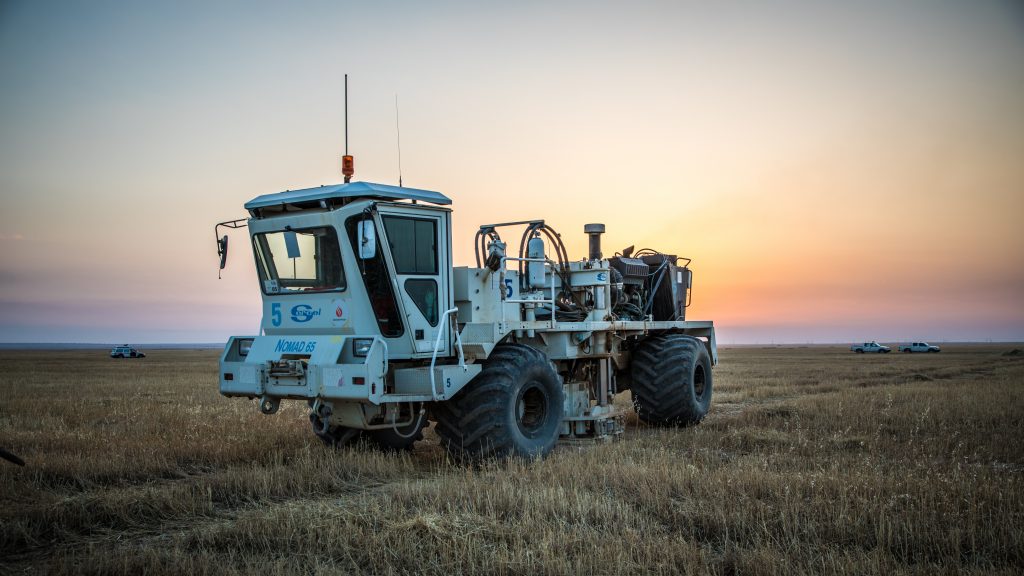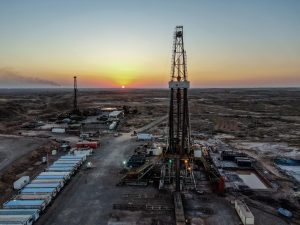The monumental Haftkel-Naft Sefid 3D seismic data acquisition project, recognized as one of the largest seismic projects in the industry, commissioned by the Exploration Directorate of the National Iranian Oil Company (NIOC), has successfully concluded 10 months ahead of schedule. This project spanned a vast 2,250-square-kilometer area in Khuzestan Province, covering the counties of Haftkel, Ramhormoz, Bavi, Shushtar, Masjed Soleyman, and Baghmalek.
Technical Achievements and Record-Breaking Milestones
From a technical and operational standpoint, this project represents a landmark achievement, setting new benchmarks for seismic operations in Iran. The operational teams successfully used vibrators and explosives as seismic sources to acquire contractual targets at numerous seismic points. This large-scale operation not only enhanced the precision and quality of exploratory data but also provided a more comprehensive analysis of subsurface structures, paving the way for future planning in the oil and gas industry.
Throughout the project, several national records were set, underscoring the scale and efficiency of operations. In just one month, an unprecedented 10,753 shot holes were drilled, while seismic data acquisition reached an extraordinary 10,001 shots—a testament to the exceptional coordination between drilling, geophysical, and support teams. The teams also achieved record-breaking daily outputs, with 1,371 seismic points mapped in a single day and 444 holes drilled within 24 hours, highlighting the dedication and round-the-clock efforts of the project’s workforce, which included over 500 personnel, 85 drilling teams, and 12 contracting entities.
Another key milestone was the completion of 6,790,452 man-hours without accidents, reflecting the project’s strong commitment to safety and operational excellence.

Human and Social Dimensions of the Project
Beyond its technical achievements, the Haftkel- Naft Sefid 3D seismic project stands as a model of successful engagement with local communities. The project was conducted in an area inhabited by three major ethnic groups in Iran—Arabs, Bakhtiari, and Qashqai Turks. Constructive interactions with these communities, coupled with direct and indirect job creation for local workers, played a crucial role in ensuring smooth operations without social disruptions.
Challenges and Overcoming Operational Hurdles
The complex topography of the region posed significant challenges, including mountainous, semi-mountainous, plain, and agricultural terrains. To address these obstacles, advanced logistical strategies were employed to transport equipment efficiently, minimize operational impact on farmlands, and facilitate access to data acquisition points. Additionally, seamless coordination between engineering, operations, and support teams, along with proactive planning to mitigate potential delays, enabled effective problem-solving and enhanced operational efficiency.

Impact on the Nation’s Energy Sector
The successful completion of this project marks a pivotal step in the exploration and development of Iran’s hydrocarbon reserves. The data acquired will play a vital role in shaping NIOC’s future exploration strategies, significantly improving reservoir delineation, enhancing production planning, and strengthening national energy security.
This remarkable achievement is the result of the tireless dedication and synergy of all operational and management teams, backed by strong leadership and executive support. It is a proud testament to the capabilities of Iranian experts, reaffirming their competence in executing large-scale and complex projects.






We Answer Your Questions